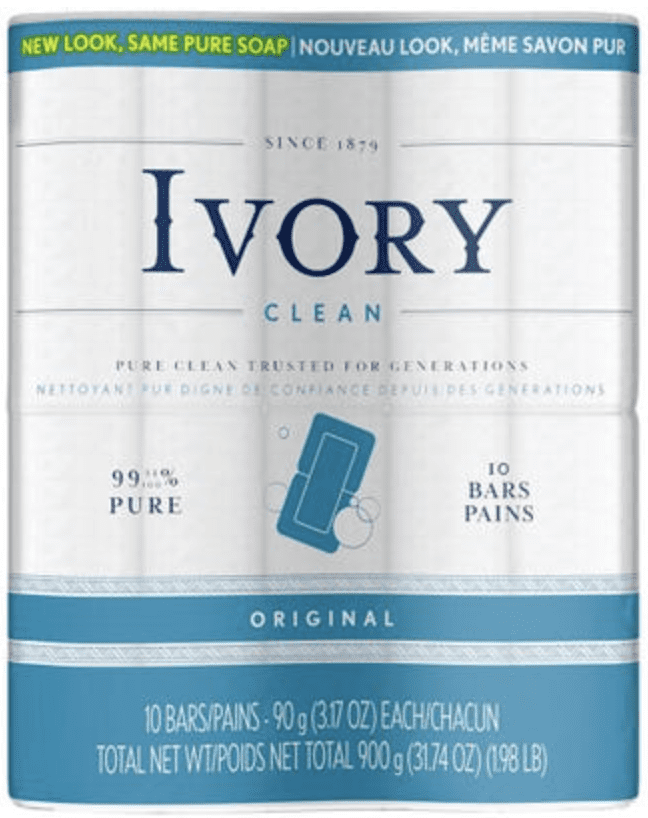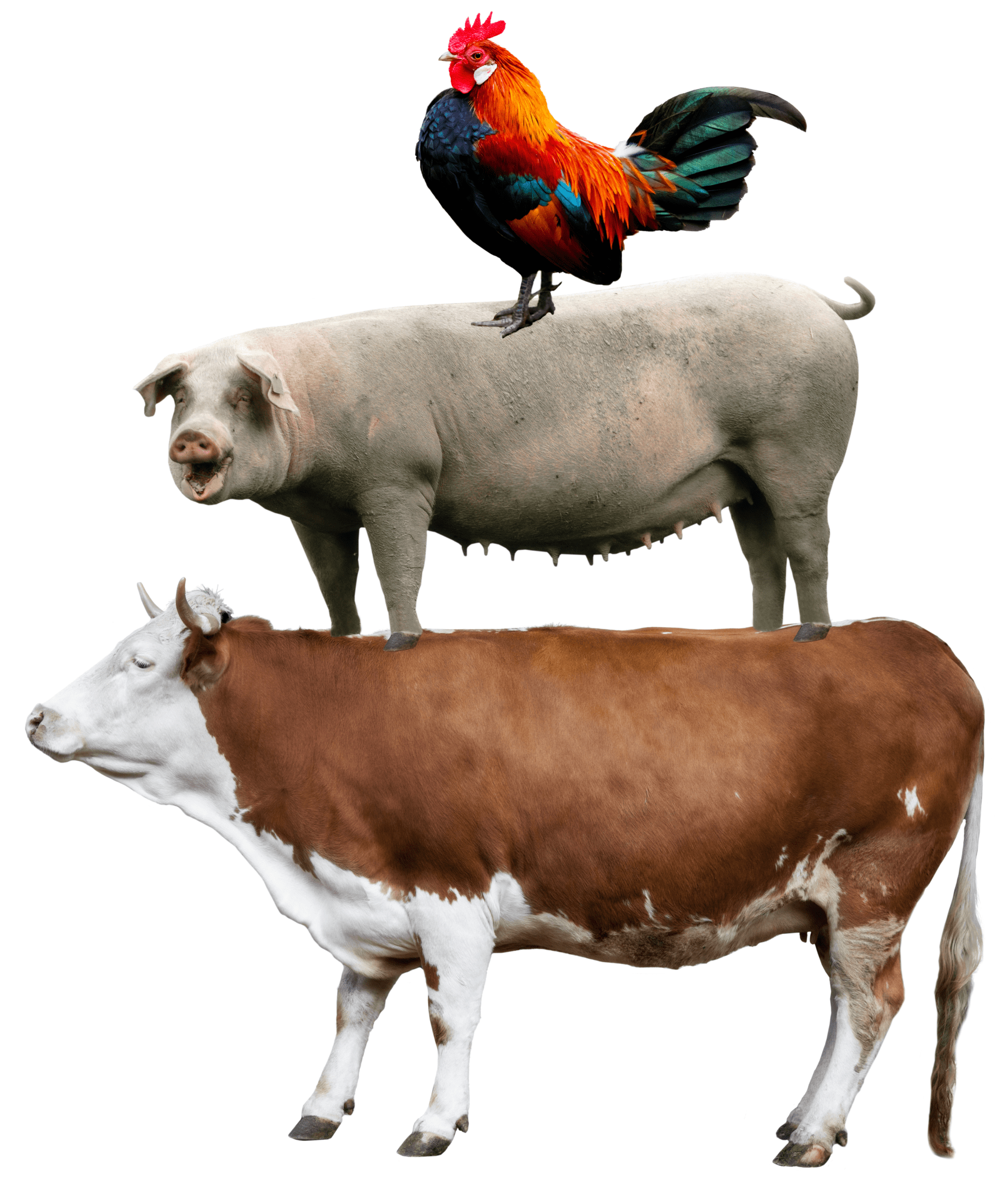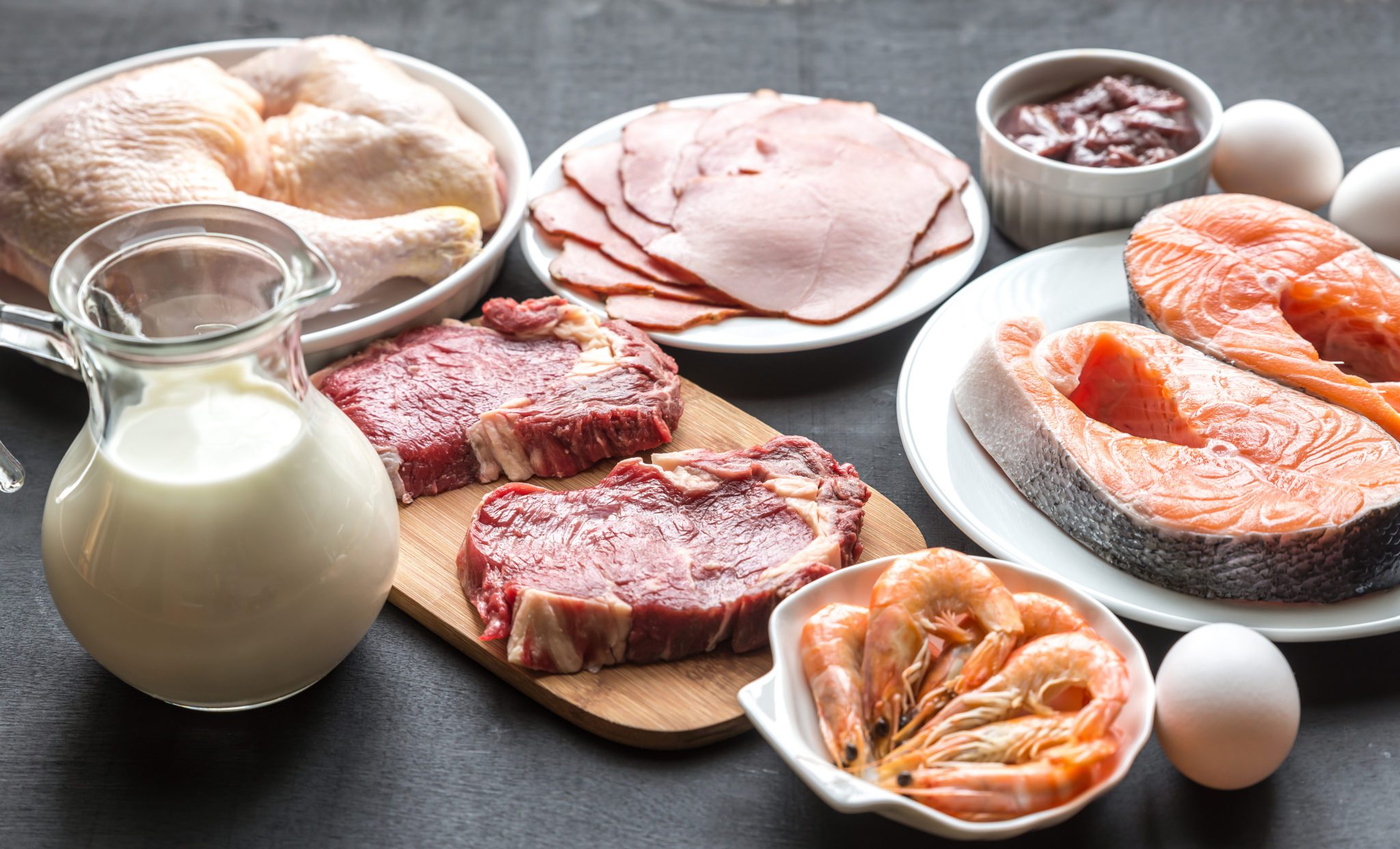Q: What’s the difference between the more expensive soap made with vegetable oils and the cheaper commercial brands of soap? ~ D.W., Los Angeles, CA
A: Soap is the resultant compound made by reacting fat (either from vegetables or animals) with sodium hydroxide. The less expensive, commercially-manufactured soaps use tallow (animal fat).
Tallow – Is It Fit To Be Fat?

Tallow is a low-cost waste product of the meat industry. It is basically fat stripped from slaughtered cattle, but it may also include fat rendered from slaughtered sheep and pigs.
Soap manufactured from animal fat is called sodium tallowate.
Fifty percent of a slaughtered steer is tallow and bones – the main ingredient of commercial mass-produced soap.
Ivory® states that their tallow comes from meat processing scraps and consists of beef and/or pork hide and bones.
The Skinny on Animal Fat
According to the United States Department of Agriculture (USDA), from the time cattle hides are removed from the animal, rapidly-growing bacteria populates the fresh hide.
In order to control bacterial growth, bactericides and detergent or large amounts of salt need to be used as a preservative.
Further, cattle hide is one of the primary sources of E.coli contamination on carcasses.
Live cattle and swine are exposed to chemicals and injection treatments that increase the risk of tissue residues. They are exposed to:
- Continual low-dose antibiotics to treat parasitic or bacterial infections.
- Vaccines to prevent disease.
- Growth hormones to enhance the meat product.
- Deworming medications.
- Insecticides (to deter flies and treat lice, mange mites, and ticks).
- Herbicides and pesticides ingested from their feed.
Risks to the consumer of beef parts raised under these standard conditions include the possibility that medications, hormones, and pesticides remain in the final product.
Legal and Illegal Drug Residues
According to the FDA, drug residues are permissible in animal tissues but must remain at allowable levels.
The FDA regularly cites dairies and farms for serious FDA violations that sell cattle for slaughter for human consumption.
Violations include illegal drug residues – drugs that are above tolerance levels or have no established tolerance level. Violations are based on random tissue residue analyses performed by the U.S. Department of Agriculture (USDA).
Dioxin Contamination
Dioxins refer to a group of toxic chemical compounds that accumulate in animal fat. Once these carcinogenic substances have dissolved in fats, they are extremely stable.
Animal fats are used in the production of soap, fatty acids, lubricants, margarine, shortening, and feed.

Dioxins accumulate in the food chain; hence foods highest in the food chain contain the highest concentration of dioxins.
According to a major EPA scientific report on dioxins, dioxins are most likely to be found in beef, pork, and poultry.
The EPA estimates most dioxin exposure occurs through the diet, with over 95% from the intake of dietary animal fats.
Dioxin may also be absorbed through the skin from contact with substances containing dioxin.
Types of Dioxins
Dioxins are a dangerous group of chemical pollutants and consist of the following dioxin-related compounds:
- TCDDs – 2,3,7,8-tetrachlorodibenzo-p-dioxin (the most well-studied and one of the most toxic dioxins)
- PCBs – polychlorinated biphenyls (man-made and no longer produced in the United States)
- CDDs – chlorinated dibenzo-p-dioxin
- CDFs – chlorinated dibenzofurans
Dioxin Formation
Dioxins are unwanted chlorine-containing by-products of industrial as well as natural processes. They are released into the air from:
- Combustion processes (commercial and municipal waste incineration)
- Burning fuels (wood, coal, and petroleum)
- Burning household trash
- Forest fires and volcanic eruptions
- Chlorine bleaching of pulp and paper (chlorine dioxide)
- Chemical manufacturing of pesticides and herbicides
- Cigarette smoke
From the Air to Where?
When dioxins are released into the air, they may be transported long distances (to most places throughout the world) and settle in the water, soil, sediment, and food sources, especially dairy products, meat, fish, and shellfish.

Animals, as well as aquatic organisms, are exposed to dioxins as they are deposited on the plants that they consume which are then stored in the animal fat.
Dioxins are extremely persistent compounds and broken down in the environment very slowly.
A large part of current exposures in the U.S. are due to man-made dioxins from releases that occurred decades ago.
Entry into the Body
Dioxins can enter the body in the following ways:
- Breathing air or vapors containing trace amounts of dioxins on particles.
- Inadvertent ingestion of soil containing dioxins.
- Absorption through the skin contacting air, soil, or water containing minute levels of dioxins.
Health Effects
The most significant health effect from high levels of dioxin is chloracne, a severe skin disease with acne-like lesions that occur mainly on the face and upper body.
Short-term exposure may also cause skin rashes, skin discoloration, excessive body hair, and altered liver function.
Long-term exposure may result in several types of cancer.
Fetuses and newborns are the most sensitive and vulnerable to the effects of dioxin.

Prolonged or repeated exposure may cause impairment of the endocrine system and cause reproductive or developmental effects such as weakened immune responses and behavior changes in offspring.
Dioxin is classified by IARC (International Agency for Research on Cancer) as a “known human carcinogen“.
UPDATE: Since the IARC 1997 classification of TCDD as a human carcinogen, their decision has been strengthened due to epidemiologic and toxicologic evidence since then.
Dioxin Revisited: Developments Since the 1997 IARC Classification of Dioxin as a Human Carcinogen
Can Dioxins Be Destroyed?
Dioxins cannot be washed off or reduced.
Destruction of dioxins requires incineration at high temperatures – over 850° C (1562º F) and over 1000º C (1832° F) for large amounts of contaminated material.

![]() Karen’s Fit Tip: Controlling exposure to dioxins and other chemicals can be limited by doing the following:
Karen’s Fit Tip: Controlling exposure to dioxins and other chemicals can be limited by doing the following:
- Trimming fat from meat and eating lean meats.
- Removing the skin from poultry and fish.
- Consuming non-fat or low-fat dairy products.
- Reduce the amount of butter and lard used in cooking and food preparation.
- Varying the diet to avoid excessive dioxin exposure from a single source.
- Avoiding skin care products manufactured from animal fats (such as soaps, glycerin obtained from discarded animal parts, stearic acid from an animal source, milk baths made with low-fat or whole milk, and lanolin).

